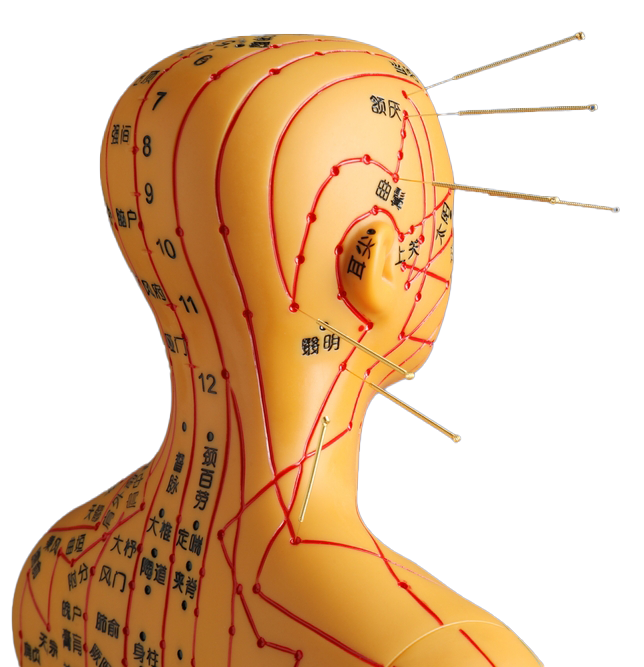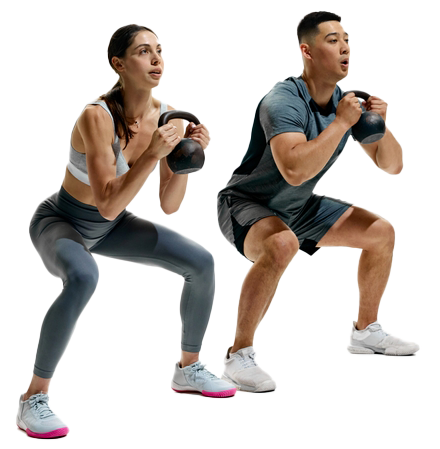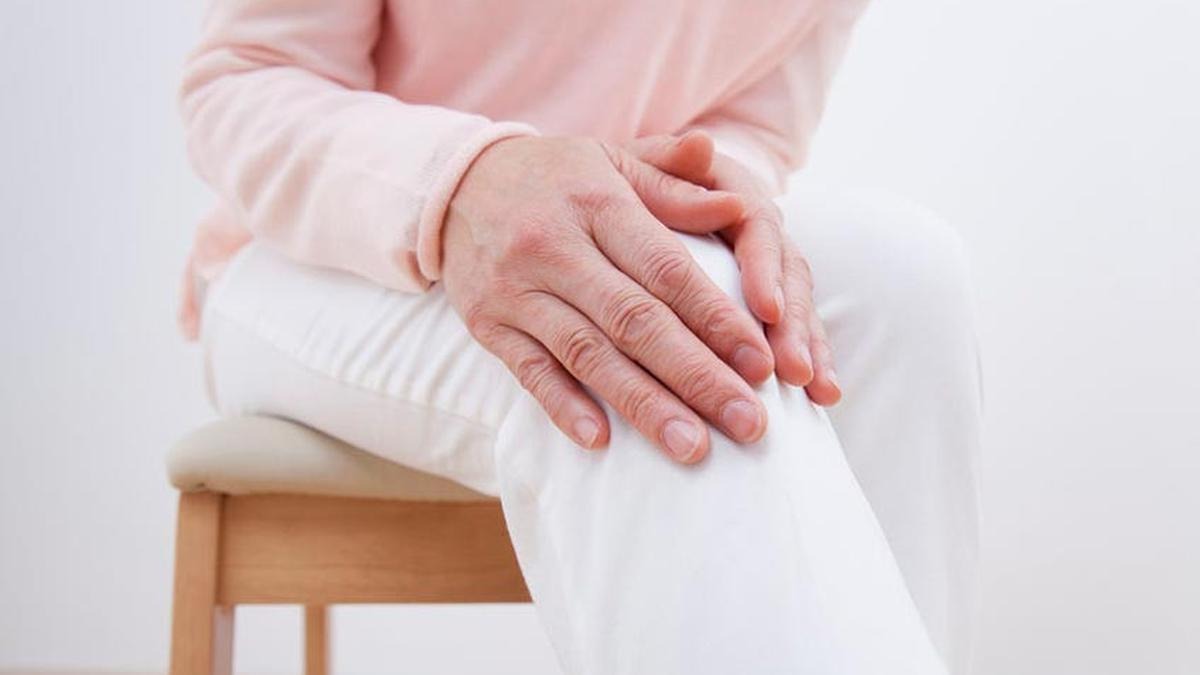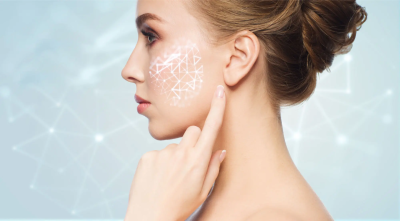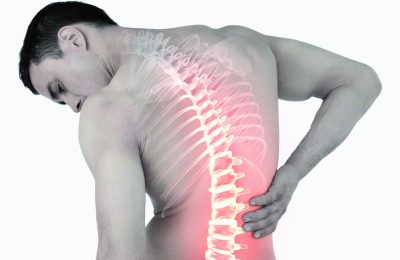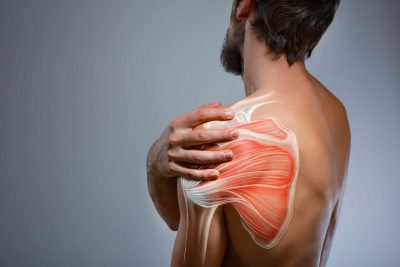- Facet joint Radiofrequency Thermocoagulation (RFT) Treatment
- Radiofrequency Thermocoagulation Dorsal root ganglion (DRG) radiofrequency thermocoagulation (RFT)
- Discitis Procedure
- Sacroiliac Joint Radiofrequency Treatment (Simplicity)
- In-Disc Ozone Therapy
- Nucleoplasty
- Transforaminal Injection (Pinpoint)
- Facet joint block
- Epidural Injection
Rheumatic Pain
- Home
- Rheumatic Pain
Contents
Toggle- Creating an individualised treatment plan
- The role of different specialities (physiotherapist, orthopaedist, psychologist, neurosurgeon)
- Pain treatment during pregnancy
- Treatment of chronic pain in the elderly
- Pain management in children
- Stress management
- Healthy eating
- Ergonomic living arrangements
- Exercise and mobility
- Facet joint Radiofrequency Thermocoagulation (RFT) Treatment
- Radiofrequency Thermocoagulation Dorsal root ganglion (DRG) radiofrequency thermocoagulation (RFT)
- Discitis Procedure
- Sacroiliac Joint Radiofrequency Treatment (Simplicity)
- In-Disc Ozone Therapy
- Nucleoplasty
- Transforaminal Injection (Pinpoint)
- Facet joint block
- Epidural Injection
- Cancer pain
- Permanent Epidural / Spinal Port Application
- Vascular Port (Permanent Vascular Access)
- Trigeminal Nerve RFT
- Blockade of Ganglion Stellatum
- Lumbar Sympathetic Ablation
- Facet joint Radiofrequency Thermocoagulation (RFT) Treatment
- Radiofrequency Thermocoagulation Dorsal root ganglion (DRG) radiofrequency thermocoagulation (RFT)
- Hernia Burning (IDET)
- Discitis Procedure
- Sacroiliac Joint Radiofrequency Treatment (Simplicity)
- Permanent Epidural / Spinal Port - Pump System
- In-Disc Ozone Therapy
- Nucleoplasty
- Peripheral Nerve Block
- Transforaminal Injection (Pinpoint)
- Facet joint block
- Epidural Injection
- Intra-articular Fluid Treatment
- Dorsal root ganglion (DRG) radiofrequency thermocoagulation (RFT)
- Spinal cord stimulation (pain pacemaker)
- Ergonomic living arrangements
- Spinal cord stimulation (pain pacemaker)
- Nucleoplasty
- Radiofrequency ablation
- Herbal solutions
- Dry needle treatment
- Anti-ageing treatments
- Ozone therapy
- Cupping therapy - Cupping
- Mesotherapy
- Prolotherapy
- Acupuncture
- Stem Cell Therapy
- Nerve blockages
- Corticosteroid injections
- Massage and relaxation techniques
- Manual therapy
- Electrotherapy
- Neuropathic pain medications
- Anti-inflammatory drugs
- Muscle relaxants
- Painkillers (paracetamol, ibuprofen, etc.)
Rheumatic pain is pain, usually chronic, caused by rheumatic diseases affecting joints, muscles, bones and connective tissue. "Rheumatism" does not refer to a single disease, but to a wide range of diseases that cause inflammatory or degenerative changes in the joints. This type of pain is often accompanied by stiffness and limitation of movement. Below you will find general information about rheumatic pain, common rheumatic diseases, diagnostic procedures and treatment approaches.
1. What is rheumatic pain?
Rheumatic pain is a type of chronic pain that occurs due to various diseases defined as rheumatism. It usually manifests itself in the joints and surrounding tissues and may be accompanied by symptoms such as morning stiffness, swelling, pain that increases or decreases with movement. Some rheumatic diseases may be systemic (involving many parts of the body), so extra-articular findings (skin, kidney, heart involvement, etc.) may also be seen.
1.1 Distinctive features of rheumatic pain
- Persistence of pain or tendency towards chronicity: It can last for weeks, months or even years.
- Swelling, redness or increased temperature in the joint: It is typical of inflammatory rheumatism.
- Morning stiffness and limitation of movement: Long-lasting (more than 30 minutes) stiffness in the joints in the morning, especially in diseases such as rheumatoid arthritis, ankylosing spondylitis.
- Fatigue, weakness: The effect of chronic inflammation can lead to general fatigue.
2. Common Rheumatic Diseases
2.1 Rheumatoid Arthritis (RA)
- Description: An autoimmune disease causing symmetrical and chronic inflammation of the joints.
- Symptoms: Pain, swelling, morning stiffness and joint deformities over time, especially in the small joints of the hands and feet.
- Other Findings: Fatigue, weight loss, low fever, organ involvement such as eye and lung.
2.2 Ankylosing Spondylitis (AS)
- Description: An inflammatory disease involving the spine and sacroiliac joints, leading to progressive stiffening of the spine (ankylosis).
- Symptoms: Low back pain, morning stiffness, limitation of spinal movements; "bamboo spine" appearance when it progresses.
- Extra-articular Findings: Eye inflammation (uveitis), heart and lung involvement.
2.3 Osteoarthritis (arthritis)
- Description: A joint disease caused by degeneration of cartilage tissue in the joints and friction of bone surfaces.
- Symptoms: Pain and limitation of movement in the knee, hip, hand and spine joints, bone spurs (osteophytes) and joint deformity in later stages.
- Typical Feature: Generally seen in the elderly population, pain tends to increase with movement, morning stiffness does not last long (5-10 minutes).
2.4 Lupus (Systemic Lupus Erythematosus - SLE)
- Description: A chronic inflammatory disease of autoimmune character that can affect many systems in the body (joints, skin, kidneys, nervous system, etc.).
- Symptoms: Joint pain and swelling, butterfly-shaped rash on the face, hair loss, kidney and heart problems, photosensitivity.
- Joint Pain: Often resembles rheumatoid arthritis but usually causes milder deformity.
2.5 Psoriatic Arthritis
- Description: Inflammatory joint disease that can be associated with psoriasis (psoriasis).
- Symptoms: Psoriasis plaques on the skin, swelling of the joints (especially the appearance of "sausage fingers" on the fingers and toes), nail changes.
- Joint Involvement: It may be asymmetrical and may involve the spine and sacroiliac joints.
2.6 Gout Related Arthritis
- Description: Painful inflammation caused by the deposition of uric acid crystals in the joints due to impaired purine metabolism.
- Symptoms: Sudden onset of very severe pain, redness, swelling, mostly in the big toe (podagra).
- Relapses: Symptoms may disappear in the inter-attack period; if left untreated, they may become chronic and lead to joint deformities.
2.7 Fibromyalgia
- Description: A picture characterised by widespread pain in the musculoskeletal system, specific tender points and fatigue.
- Symptoms: In addition to pain, sleep problems, weakness, cognitive difficulties ("fibro-fog").
- Rheumatism Category?: It is also called "soft tissue rheumatism", although it is usually non-inflammatory.
3. Causes of rheumatic pain
- Autoimmune Mechanisms: The immune system attacks the body's own tissues and cells (rheumatoid arthritis, ankylosing spondylitis, lupus, etc.).
- Metabolic Disorders: Imbalance in chemical processes in the body (high uric acid in gout).
- Age Related Degeneration: Wear of cartilage tissue, decrease in joint fluid (osteoarthritis).
- Genetic Predisposition: Family history, certain genetic mutations or tissue group antigens such as HLA-B27.
- Environmental Factors: Stress, obesity, smoking, sedentary lifestyle.
4. Diagnostic Methods
- Medical History and Physical Examination
- The onset, intensity, location, duration of stiffness, accompanying swelling or redness are questioned.
- Range of motion, presence of tender points, joint deformities are evaluated in physical examination.
- Blood Tests
- Sedimentation, CRP (C-reactive protein): Indicator of the level of inflammation.
- Rheumatoid Factor (RF), Anti-CCP: Antibodies that facilitate diagnosis and follow-up in rheumatoid arthritis.
- ANA, Anti-dsDNA: May be positive in lupus and other autoimmune diseases.
- Uric Acid: Gutta can rise.
- Imaging Techniques
- X-ray: To examine findings such as narrowing of the joint space, erosions, osteophyte formation.
- Ultrasound: Indicates soft tissue changes such as fluid accumulation in the joint, tendon sheath inflammation.
- MR (Magnetic Resonance): Soft tissue and bone marrow oedema is valuable in detecting early cartilage damage.
- Bone Densitometry: To measure bone density if osteoporosis is suspected.
- Joint Fluid Analysis
- Fluid is taken from joints such as knee and wrist (arthrocentesis) and laboratory examination is performed. Uric acid crystals in gout, bacteria in infectious arthritis, etc. are searched.
5. Treatment and Management Methods
As rheumatic pain has a chronic course, it requires a long-term and multifaceted approach. Treatment should be individualised according to the patient's specific condition and the type of disease.
5.1 Drug Therapy
- Nonsteroidal Anti-inflammatory Drugs (NSAIDs)
- It can relieve pain and inflammation. Care should be taken against stomach and kidney problems in long-term use.
- Painkillers (Analgesics)
- Basic painkillers such as paracetamol are used for mild to moderate pain.
- Corticosteroids
- It is used during periods of severe inflammation (attacks). Excessive and prolonged use may cause side effects (osteoporosis, diabetes, high blood pressure, etc.).
- Disease Modifying Drugs (DMARDs)
- In diseases such as rheumatoid arthritis, psoriatic arthritis, ankylosing spondylitis, methotrexate, salazopyrine, leflunomide, etc. are used to control symptoms and slow joint damage.
- Biological Therapies
- Targeted therapy agents such as TNF inhibitors, IL-6 inhibitors, JAK inhibitors are used especially in cases that do not respond to classical DMARDs or in severe cases.
- Examples: Etanercept, adalimumab, infliximab, tocilizumab, etc.
- Other Supportive Medicines
- Calcium, vitamin D or bisphosphonates to prevent osteoporosis.
- Gastric protectants against digestive side effects (e.g. proton pump inhibitors).
5.2 Physical Therapy and Rehabilitation
- Joint Movement Exercises: To reduce joint stiffness and strengthen muscles.
- Hot-Cold Applications: Cold treatments in periods of inflammation and hot treatments in chronic pain can provide relief.
- Personalised Programme with Physiotherapist: Swimming, light stretching exercises, resistance training, etc.
- Joint Protective Techniques: Reducing the load on the joint in daily activities (assistive devices, orthopaedic insoles, cane, etc.).
5.3 Lifestyle Modifications
- Balanced Nutrition
- Excess weight increases the load on the joints; it is important to maintain an ideal weight.
- An anti-inflammatory diet (Mediterranean diet style) can contribute to symptom relief.
- Regular Physical Activity
- Muscles can be kept strong with exercises that do not overload the joint, such as walking, swimming and cycling.
- Inactivity increases joint stiffness and muscle weakness.
- Quitting or Reducing Smoking and Alcohol
- Smoking worsens the course of autoimmune diseases such as rheumatoid arthritis and may reduce the response to medication.
- Alcohol can lead to drug interactions and liver damage.
- Stress Management
- Stress plays a major role in coping with chronic pain. Meditation, yoga, psychological support have a positive effect on pain perception.
5.4 Surgical Methods
- Arthroscopy or Joint Replacement Surgery (Prosthesis)
- In severe joint damage (e.g. osteoarthritis of the knee or hip), surgical interventions can relieve pain and improve mobility.
- Joint surfaces that are broken or worn can be replaced with a prosthesis.
6. Coping with Rheumatic Pain and Daily Life
- Regular Doctor Checks
- Since it is a chronic disease, the effectiveness of the medication, the course of joint damage and possible side effects should be monitored regularly.
- Keeping a Pain Diary
- Recording pain intensity and triggers during the day helps the physician to organise treatment.
- Rest and Activity Balance
- Resting the joint during periods of intense pain attacks, but taking care not to immobilise it (active rest, light exercise).
- Support Groups or Psychological Counselling
- Chronic illnesses can be socially and emotionally challenging. Sharing and support can help to keep motivation high.
- Auxiliary Devices
- Orthopaedic supports such as canes, knee braces, cervical collars or wrist splints can reduce the stress on the joints.
7. When to consult a doctor?
- In the joints prolonged (weeks) pain and swelling if any.
- Morning stiffness longer than 30 minutes persists and partially improves during the day.
- Skin redness, rash, soresis accompanied by systemic symptoms such as high fever of unknown origin.
- Pain despite medication intensifying or in the joint deformities developing.
- Sudden onset of excessive swelling and pain (especially when joint movement is restricted) may be a sign of acute arthritis or infection; urgent evaluation is required.
Summary
Rheumatic pain is a class of chronic pain that occurs through many different mechanisms. It develops due to joint inflammation or degeneration seen in many diseases such as rheumatoid arthritis, ankylosing spondylitis, osteoarthritis, lupus and gout. The main aim of treatment is to control pain and inflammation, slow down joint damage and improve the patient's quality of life. Drug therapy (DMARDs, biological agents, NSAIDs, corticosteroids) and physiotherapy applications should be supported by proper nutrition and exercise programmes. With early diagnosis and regular follow-up, permanent joint deformities and loss of function caused by rheumatic diseases can be prevented to a great extent.
Our treatments
- Home
- Rheumatic Pain
